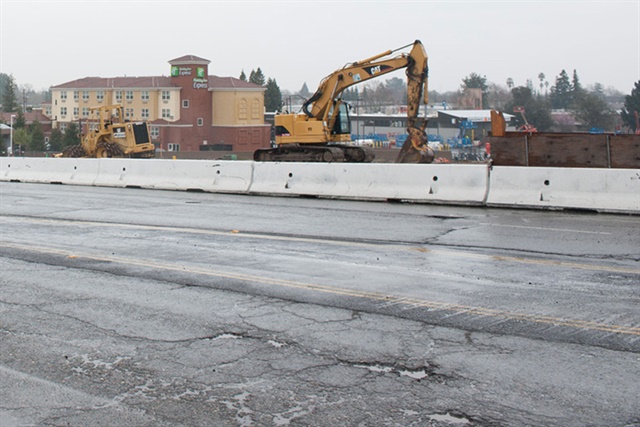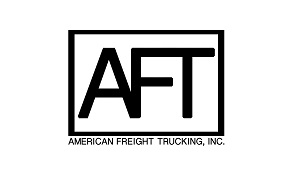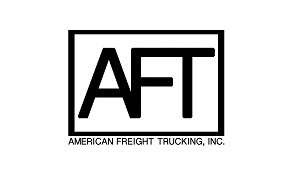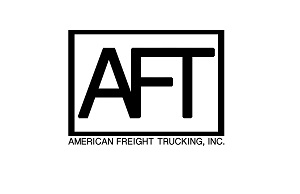California Launches Study to Look at Mileage-Based Tax
Photo via California Road Charge Program
">Photo via California Road Charge Program
">The California Department of Transportation has launched a nine-month pilot program to test a pay-by-the-mile financing model to possibly replace the gas tax in the state.
The Road Charge Pilot Program currently has 5,000 volunteers taking part in the study and will examine the viability of charging people per mile instead of per gallon as a more representative way to fund infrastructure costs.
The gas tax is currently the primary source of funding for annual maintenance to California's state highway system, but increasing fuel efficiency standards have decreased its effectiveness. The increasingly smaller funding source has left the state $5.7 billion short in annual maintenance needs, according to Caltrans.
Volunteers in the program are being given different options to report mileage so the state can determine which recording method is most effective:
• A time permit option will allow users unlimited road use for a specific period of time, such as a year, month or week.
• A mileage permit option gives a driver a block of miles to use based on expected use of California's roads.
• The odometer charge option requires the driver to submit periodic manual odometer readings and pay based on the information.
• An automated mileage reporting option will give drivers a choice of in-vehicle technology to invoice the amount of miles driven. This can be attained with or without general location data that reports mileage traveled to a third-party account manager.
Once the trial program is over the California Transportation Agency will submit a report to the legislature by July 2017 and the California Transportation Commission will provide its recommendations by December 2017. The state legislature will make the final decision on whether and how to enact a full-scale permanent road charge program.
For more information on the program, click here.
Related: California Aims to Regulate Sustainability Into Freight System
Follow @HDTrucking on Twitter









